Kia wasn’t broken when Ho Sung Song took over as president and CEO in 2020, but he has still managed to fix it.
He has transformed Kia’s product range, introducing many segment-best electric cars that have added incremental volume; overhauled and modernised the company’s brand image and logo; entered new segments with the likes of pick-up trucks and, imminently, vans; and all while setting sales record after sales record and boosting profitability and revenues.
Pound for pound, there is perhaps no other car industry executive with his golden touch and ability to keep so many plates spinning successfully. He is the most worthy of winners of the Issigonis Trophy at the 2025 Autocar Awards, an accolade named after the inventor of the Mini, Sir Alec Issigonis, and presented to the industry’s highest personal achiever each year.
Song is generous with his time when we meet at his office on a warm, late-May day in Seoul, high up in a modern skyscraper overlooking the sprawling city. The interview initially ends after almost an hour, but Song insists the tape recorder goes back on to share more of Kia’s story with you and we get nearly another hour with him before he stops to have his portrait taken.
There are lots of achievements to pore over, as well as the need to get to know a humble man who doesn’t have the profile of some of his CEO peers. But first: just why did he change so much when, from the outside, Kia’s 21st-century performance was already one of the industry’s biggest success stories?
“We had to prepare ourselves for the paradigm shift of electrification,” he says. “I felt a small change would not transform our mindset into this new era, and maybe we could not then survive in the future.”
Song says the big change at Kia was in fact the result of lots of smaller changes all deployed at the same time, such as the redesigned logo and new model strategy, and it came after he encouraged his management team to “share their visions and join the movement”.
Collective buy-in is always key for Song. He has his own ideas, of course, but he makes sure they are presented and agreed collectively before they are enacted rather than simply because he is the boss.
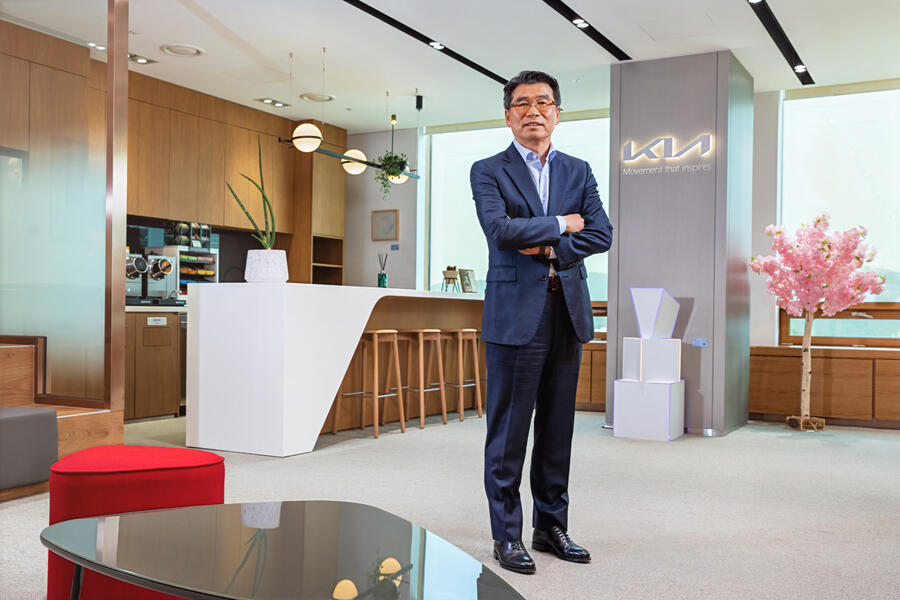
You get better buy-in that way, he believes. Indeed, a laser focus on people has led to a fundamental shi in the corporate culture, what Song calls a “kind of code of conduct” that everyone at the company now abides by.
After a year-long project looking in great detail at the company and how it operates, Song reset what it means to work for Kia and ensured every decision is made with the customer in mind, so that the company became what he calls “customer-centric” in its operation.
While it’s easy to dismiss the term as corporate jargon, it’s clear from our time in Korea with Song and other senior Kia executives – including global operations boss Ted Lee, design boss Karim Habib and vehicle development chief Manfred Harrer – that all of Kia’s work and operations are governed by the principle behind this phrase, which often comes up unprompted.
“This was the number one philosophy for supporting our total transformation,” emphasises Song. Customer focus was one of three Song mantras: the second was a desire to become truly environmentally friendly, not just through zero tailpipe emissions from electric cars but in manufacturing and vehicle development too.
The best example of this is Kia’s introduction into the van sector. The project is called PBV (Platform Beyond Vehicle) and is at its core a scalable EV skateboard architecture. The first model from this project will be launched soon as a Ford Transit Connect rival called the PV5.
Song says Kia’s electric vans will take advantage of all the benefits of electric power and packaging in a way that rivals don’t, because its competitors are all conversions from combustion-powered vans, but the most intriguing aspect about the project is actually the manufacture of the vans.
Typically, vans are built on a line and then sent off to modifiers, where new, unwanted parts are ripped out and not used. But Kia will do the conversions itself in the factory by pulling vans off the production line into ‘cells’ to receive choice modifications. It has built a new facility south-west of Seoul at its Hwaseong plant in which to make the PV5s.
The larger PV7 and PV9 models will come from a second plant, in 2027 and 2029 respectively. “The usual modification process is very high-cost and is not an environmental process because they’re taking out the interior,” says Song, for whom the PBV project is a very personal one, having had his interest piqued by the business potential of light commercial vehicles while leading Kia in Europe in the 2010s.
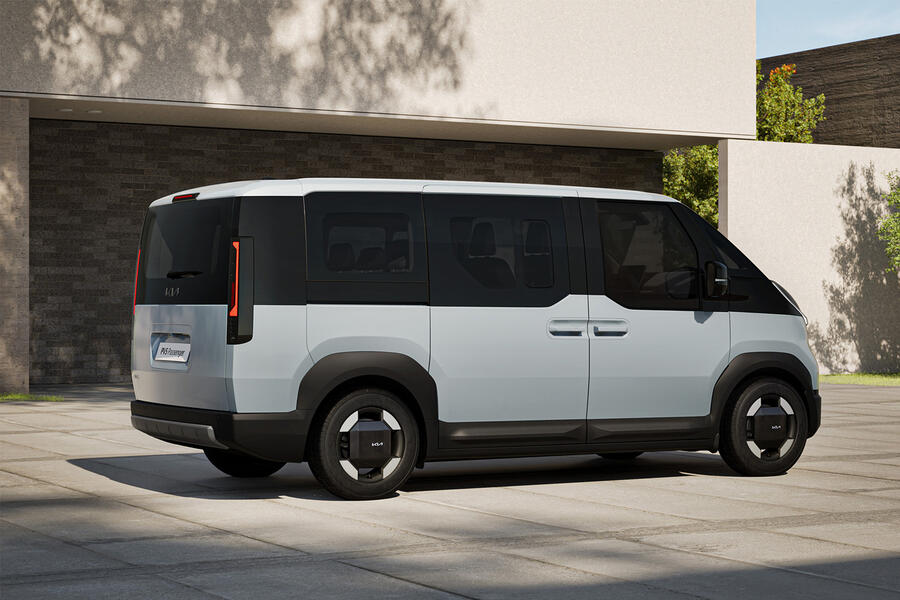
“The PV5 has a totally different manufacturing process and is very environmentally friendly. The way they will be made will be a gamechanger for light commercial vehicles… We will have a big voice in Europe with the PV5,” he says.
The third mantra for Song was the need to stay profitable throughout the transition to EVs, taking “consistent but steady steps” and staying flexible amid the rise and fall in demand for different fuel types. In short, not all of Song’s eggs are in an EV basket and the company is able to produce and distribute vehicles around the world according to real demand.
He says: “We want to remain flexible to be able to move to the trends of the market.” When Song starts work at 7am with a coffee, he begins by “looking in detail at all the numbers, in all countries and regions, model by model, as this gives me a lot of understanding of the market”.
It’s this deep market knowledge that allows Kia to stick rigidly to its ‘pull’ strategy, where models are sold according to true demand, rather than ‘pushed’ to market at discounted rates due to oversupply to the detriment of residual values.
Song works closely with Lee on this and inventory is moved around the world from Kia’s 14 global factories to capitalise on market trends or local incentive schemes. There have been numerous product successes during Song’s tenure, perhaps none more so than the Telluride SUV in North America, a non-electric model that has propelled Kia’s growth in the market.
The Telluride was intended to sell around 50,000 units per year, but Lee tells of how Song was so confident of its success due to his research into the market that he asked for a supply chain to be created to support 100,000 units.
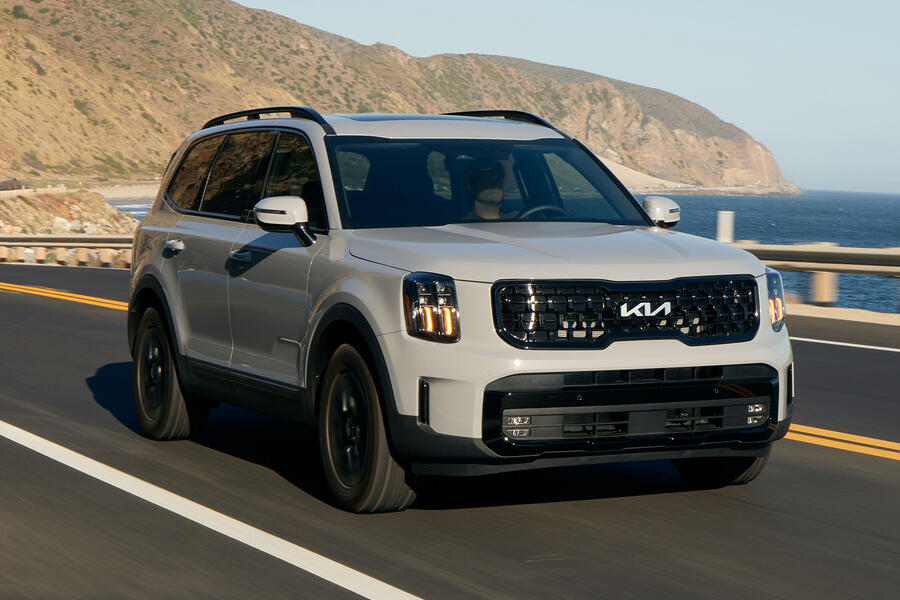
In 2024, almost 115,000 Tellurides were sold in the US alone. “He said he had the feeling and confidence that the car will be a big success,” says Lee, who points out that others in the company thought it might do closer to 40,000 units.
“It’s now the strongest Kia in the US and the most significant brand-builder. He’s very good ‘on the future’.”
Big numbers have followed Song around in his tenure as Kia CEO. In the past five years, he has overseen at least double-digit sales growth in most major regions: 47% in North America, 117% in Central and South America, 31% in Europe, 55% in the Middle East and Africa, 43% in Asia-Pacific and 74% in India. Even in China, where most foreign brands are struggling, Kia is turning a profit, its operation pivoting to exporting models produced there to emerging markets.
As the industry suffered global shock after global shock during that five-year timeframe, Song increased sales every year. Profitability, too. Kia’s operating profit margin was an enviable 11.8% in 2024. For comparison, the Volkswagen brand’s was just 2.9%.
This consistent and sustained growth has only been possible because of the company’s cultural shift, says Song. While there are short-term ways of turning around a business and making its balance sheet look healthy, that will last only a year or two “without a change in mindset”.
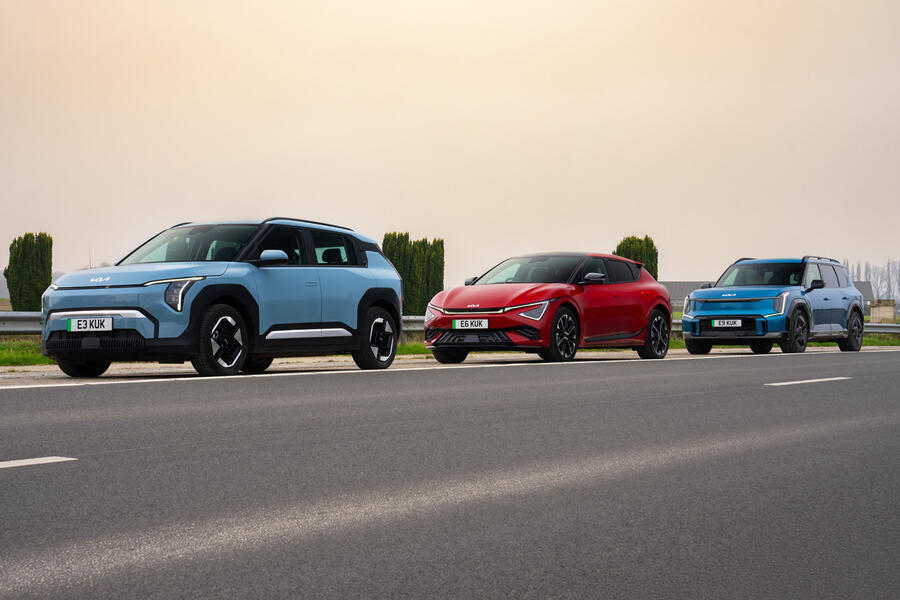
He adds: “In the past, maybe our decisions were more focused on company benefits, or company profits. Today, when we’re making decisions, I’m saying to our divisions not to ask me and to instead think of the customers. It is a clear direction and all the people here now share that.”
Perhaps the biggest visual difference for Kia came in 2021 when it unveiled its new logo and branding, and ditched ‘Motors’ from the end of its name to be known simply as Kia.
The logo had been quietly tested at motor shows and was well received for making the brand feel more modern and progressive. The design of Kia’s cars has changed greatly over the past five years too.
Peter Schreyer was key to bringing Kia up to a good mainstream standard over the previous two decades, but Habib has pushed that further under the ‘Opposites United’ design theme to the point where Kia is seen as a design leader.
Song highlights design as one of if not the most significant factor in buyers choosing Kias and he takes the keenest of interest in a monthly design review with the wider design team.
Here, final designs for production cars are chosen from a few potential options and Song tries to play the role of dealers and customers in ensuring mass-market appeal while “respecting Karim’s visionary dreams”.
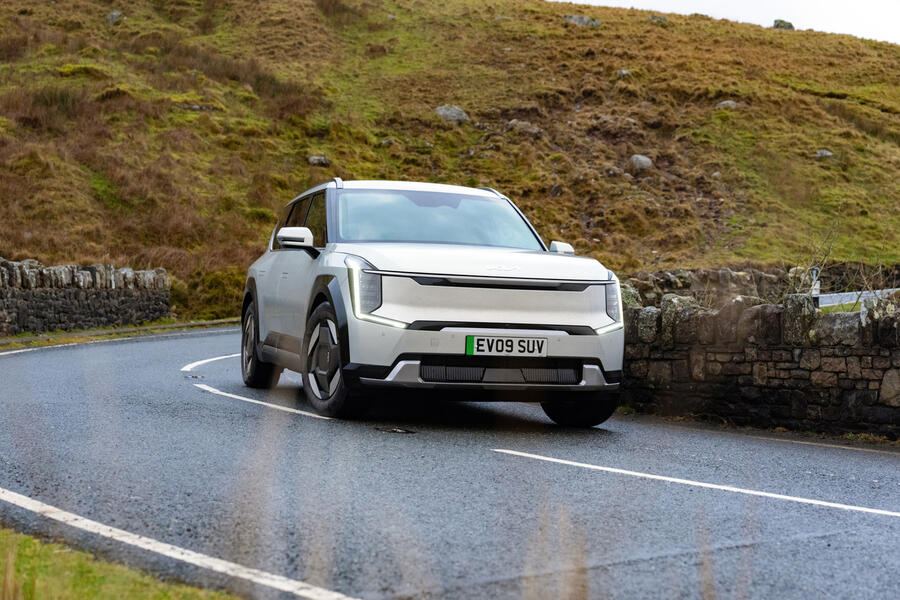
He adds: “The design process is very valuable for me. We are always creating and developing good designs, for better products in the future.”
Just as significant as the new look for the company and its cars, says Song, was the fresh dealer branding that arrived as part of Kia’s new look and feel.
Rather than dealers feeling a reluctant obligation to have to invest in a showroom overhaul, “they wanted the change as soon as possible”, says Song. “In the past, we would push them to change the look, but this was a different situation,” he adds.
“Our dealers could feel the customer attitude and approach is different, and there would be different traffic in the showroom. This new identity is very important to attracting customers, on top of the reliability and credibility of the vehicles. In my opinion, it’s a very, very successful story in helping our brand in the market.”
The new look was a key part of an extensive update to Kia’s ‘Plan S’ strategy, which was started under Song’s predecessor, Han Woo Park.
Plan S outlined how Kia would go electric and Song’s initial revisions included 11 EVs by 2026 and those first electric vans based on a new electric architecture. All while boosting sales, revenues and profits.
Such statements and star-shooting plans are common in the industry, yet Song’s plan, which has evolved into a more pragmatic one across multiple fuel types and markets, has delivered.
The electric cars launched under Song are also among the industry’s best. The Kia EV6 was named Car of the Year in 2022, the first time a Korean brand had won the award. The EV9 and EV3 have both subsequently made the shortlist too.
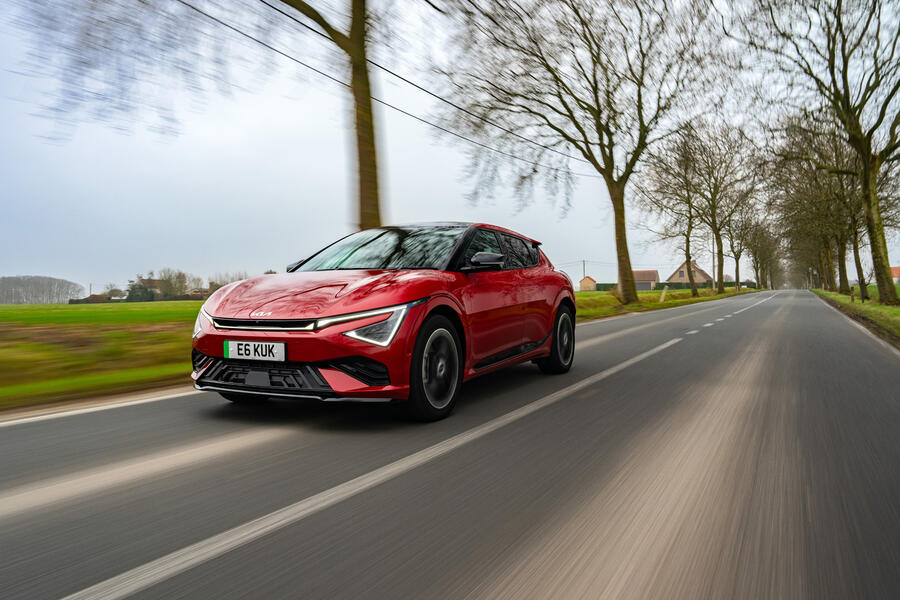
The EV4 will arrive next as a true Tesla Model 3 rival as a saloon and as a Europe-friendly (and Europe-built) hatch. The EV5 is effectively an electric Sportage and due this year, while smaller and more affordable EVs – the EV2 and an entry EV – will appear over the next few years. Unlike major rivals, Kia has balanced the launch of electric cars with developing its ‘legacy’ models too, the two lines running in parallel and given equal billing.
The obvious example is the Sportage, which has been the catalyst for Kia’s growth and success in Europe since production of it began at the company’s Slovakian factory in 2010. The Sportage is a mainstay towards the top of the UK’s bestselling cars chart and was a driving force behind Kia breaking through the 100,000 UK sales barrier for thefirst time in 2022.
More broadly, Song says the company’s UK business is a great example of the “customer-centric operation” he has built and it is now heading towards 120,000 sales as the third-largest brand in the UK.
It has done all this while complying with the government’s targets around EV sales and not ‘pushing’ cars to the market. Song’s commitment to affordable, entry-level city cars, through not only the continued sale of the Picanto but also the development of it, is admirable too.
And returning to vans, in addition to the innovative manufacture of Kia’s PBVs, Song believes the electric van market is about to explode because governments worldwide “can push and drive big companies” into changing their fleets to more environmentally friendly options faster and more meaningfully than private buyers to cars.
Time will tell if his golden touch can be applied here. Song, who has worked his way up the Kia ladder, credits his stint as Europe CEO for giving him the best preparation for the overall CEO role, because the demands and functions across many countries were so varied. He describes his own style as a collaborative one but he knows, as the boss, the final decision rests with him.
He says he’s a fast decision maker and gives a one-week deadline for decisions to be made, which is suitably speedy for such a large industrial company.
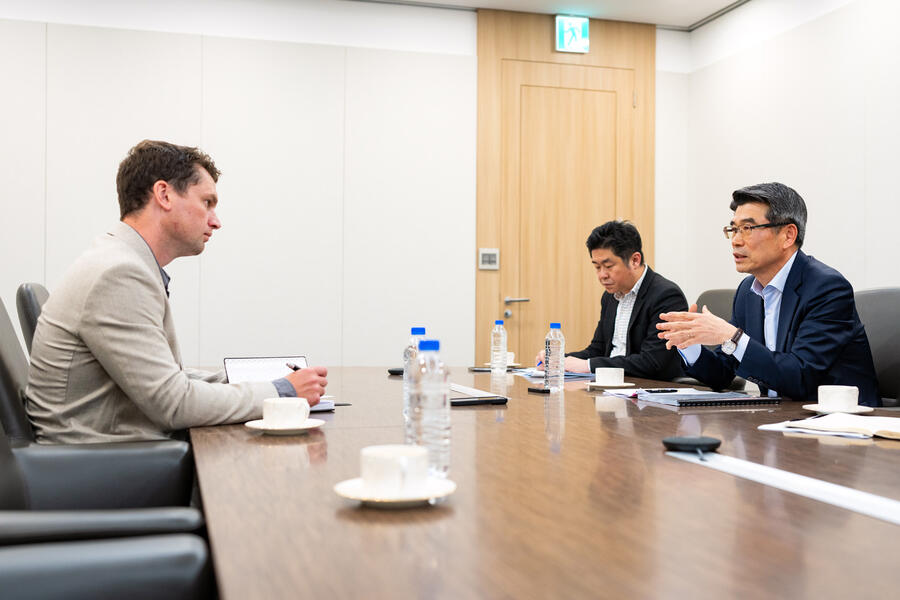
Any slower and Kia is “losing opportunity as the market is very live”. Song spends around half his time in Korea, fitting in a round of golf when possible as his main hobby, and the other half travelling.
He makes sure he “listens to all the voices” to further build global market insight, particularly those of dealers because “they are the real voice as our business partners and for our customers”.
Song will also watch Kia videos on YouTube to get even more opinions. While many of his automotive industry CEO peers have effectively performed fire-fighting roles in dealing with various crises over the past five years – including Covid, subsequent chip shortages and ongoing geopolitical tensions – Song has adopted the opposite mindset.
“I’m a very positive man and I always try to motivate people in a positive way,” he says. “Of course, there are negatives, but if we study well, we can prepare for negative things. That positive thinking gives me a better result. “We have to find the opportunity to grow further in difficult times as it is the same for everybody. If we manage well, we have a better opportunity. Here, there is very strong teamwork so I believe we can provide better results in difficult times.”
While clearly proud of his achievements to date and reflective for this interview, Song is one for relentlessly looking forward. Unprompted, after being asked whether the modernity of Seoul is reflected in today’s Kias, Song’s answer tangents into an admission that, in a desire to improve his cars, he thinks of a customer who might not be happy with theirs and uses that as motivation to make Kias better.
“Sometimes I think to myself we may have one or two customers that are not happy with our vehicles,” he says. “If I think of that, I am always working harder to improve our quality and our product.” And that’s why “we have to improve” still in every area, “daily”. Song’s not done fixing things yet.



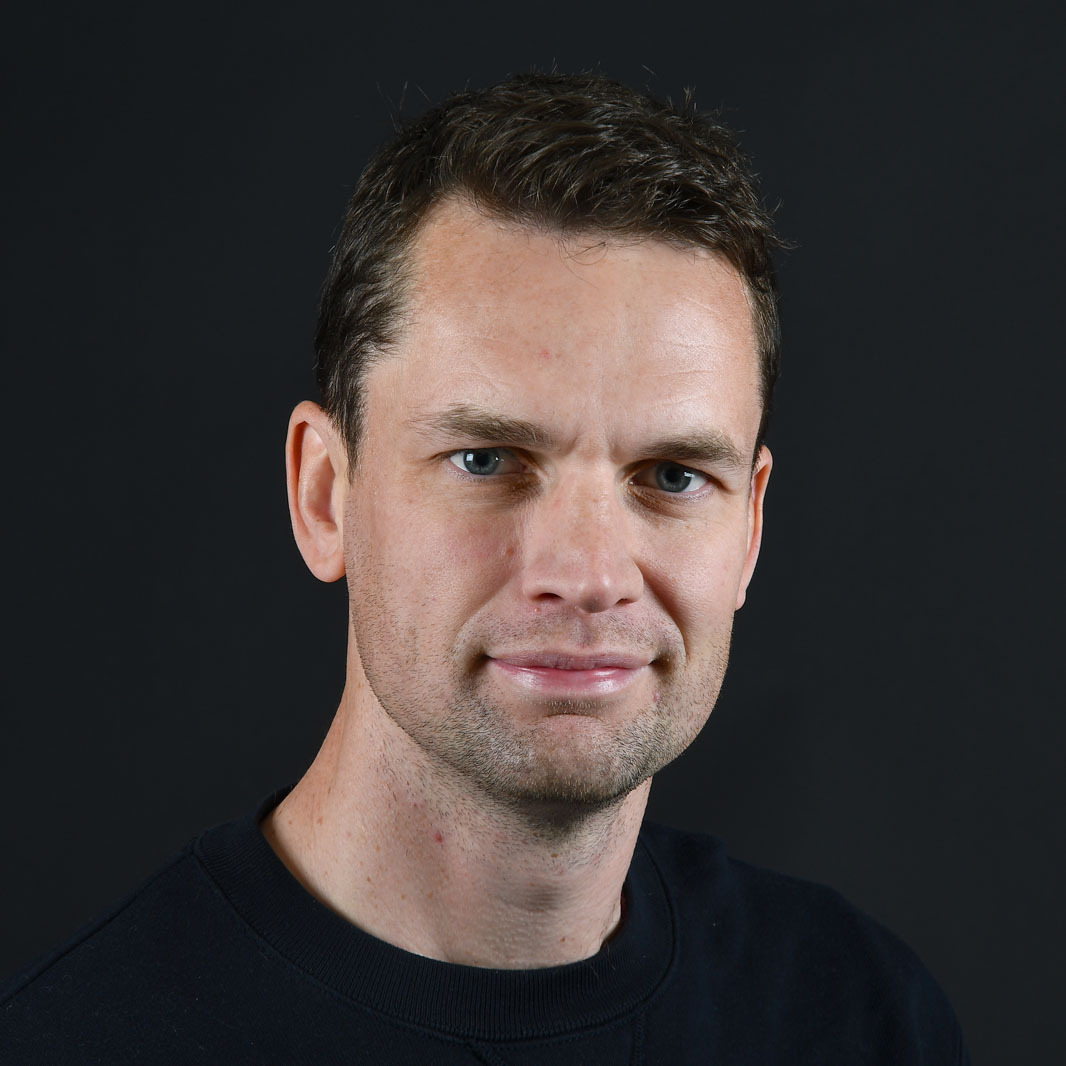




Add your comment